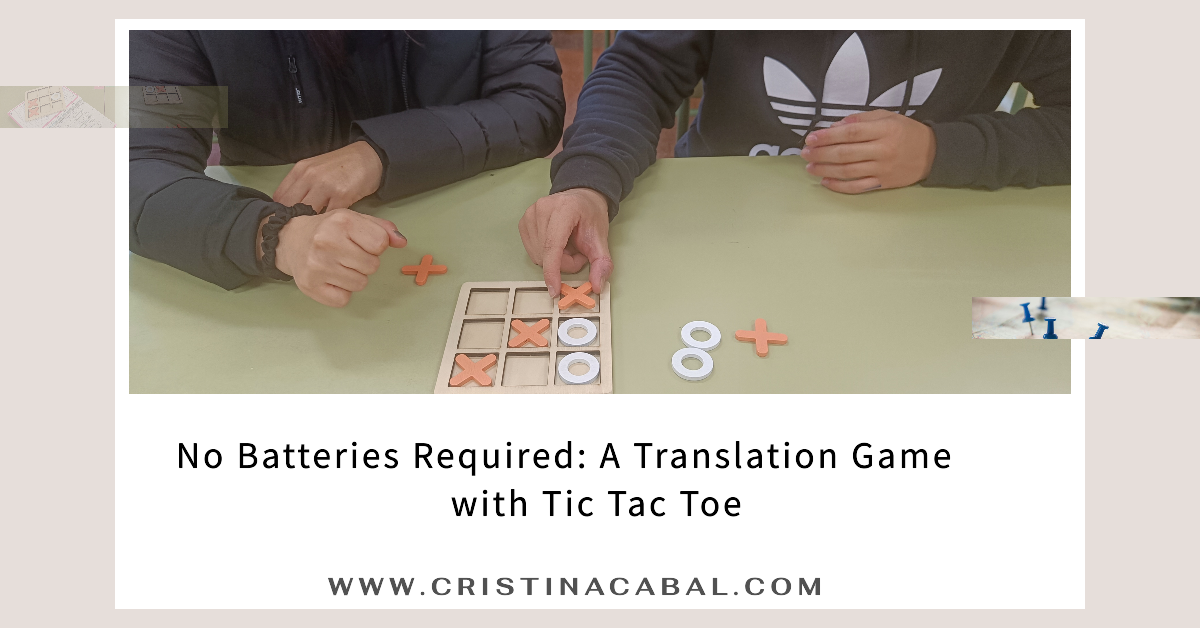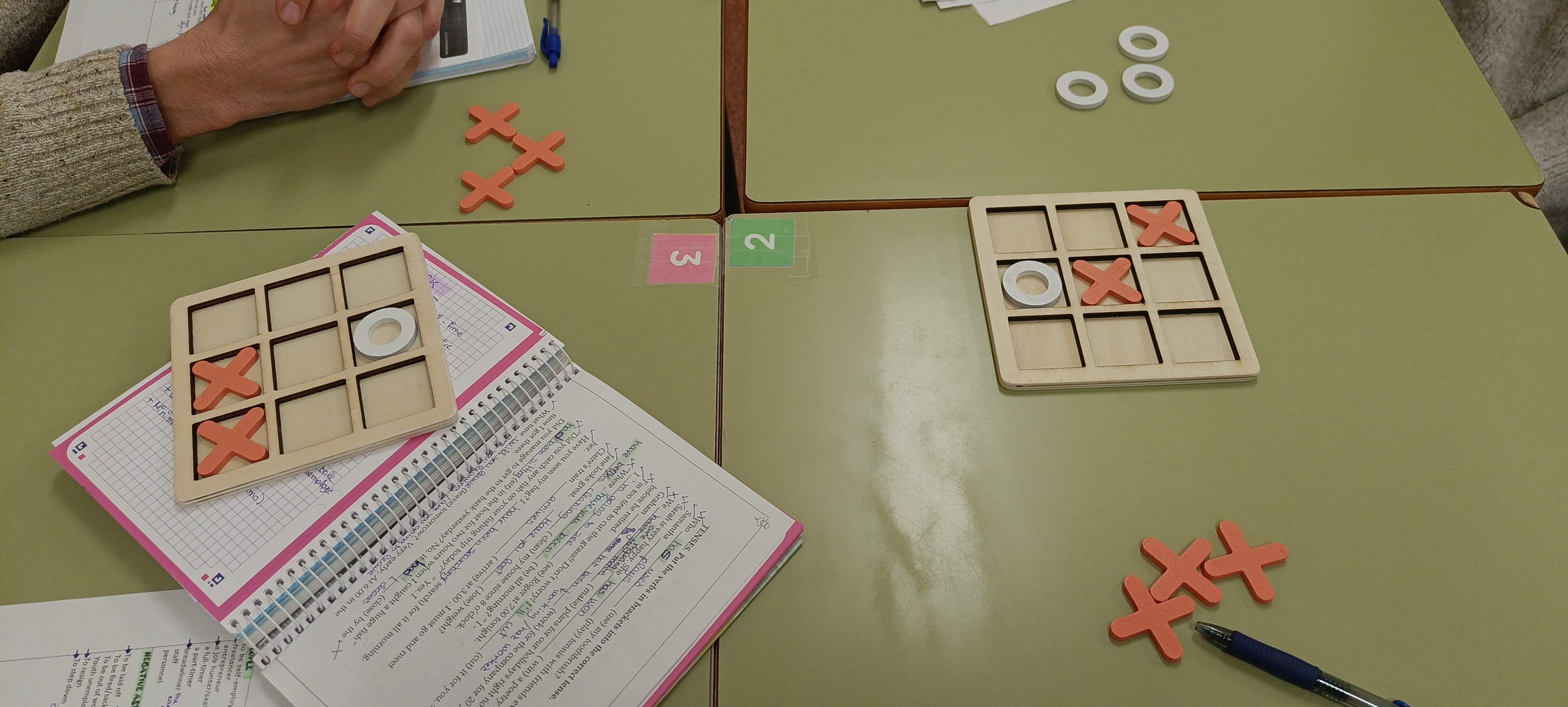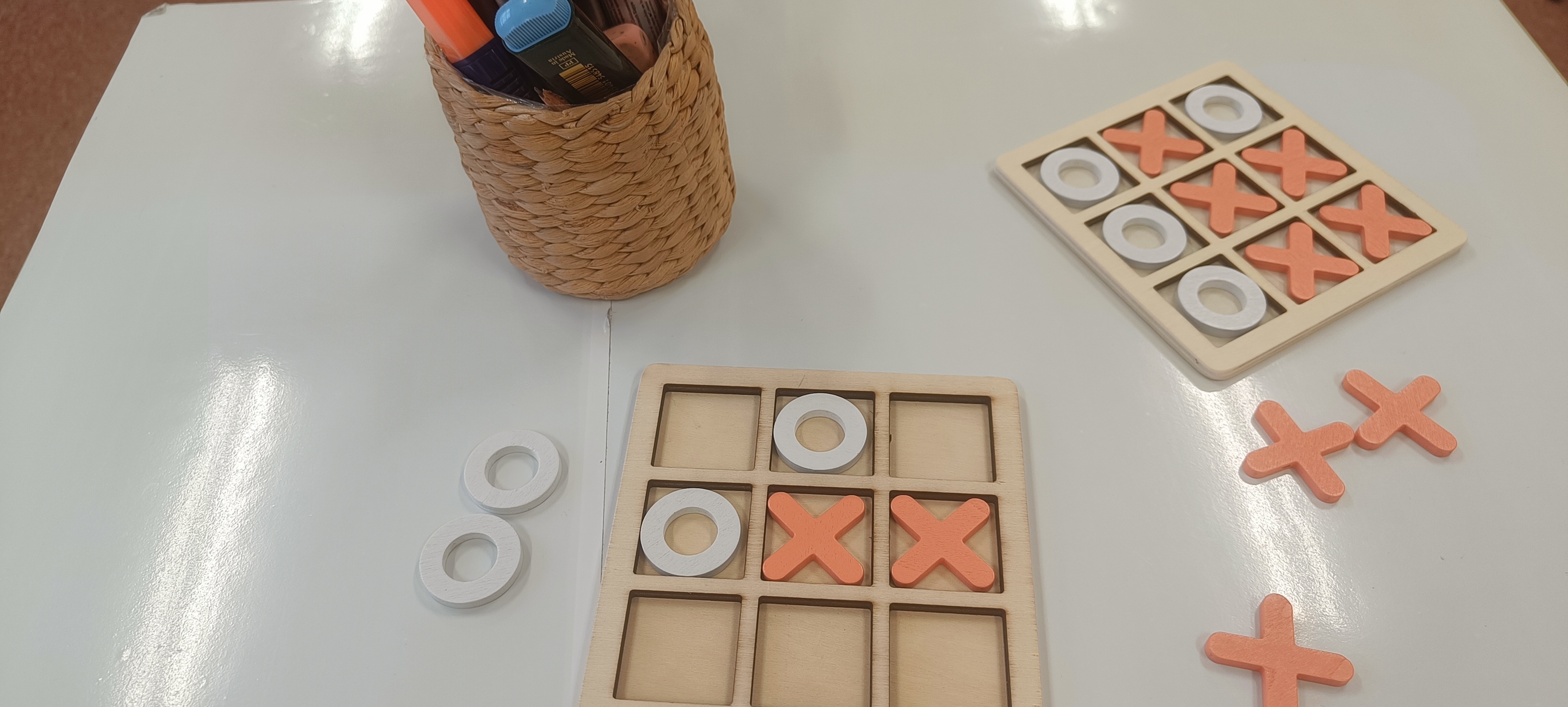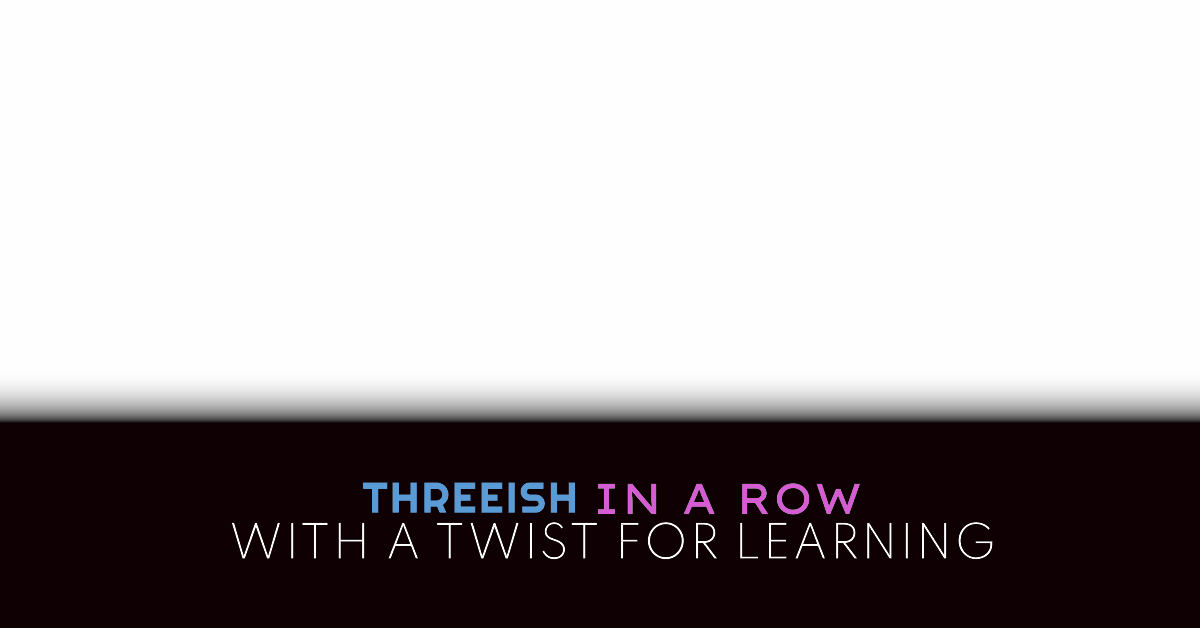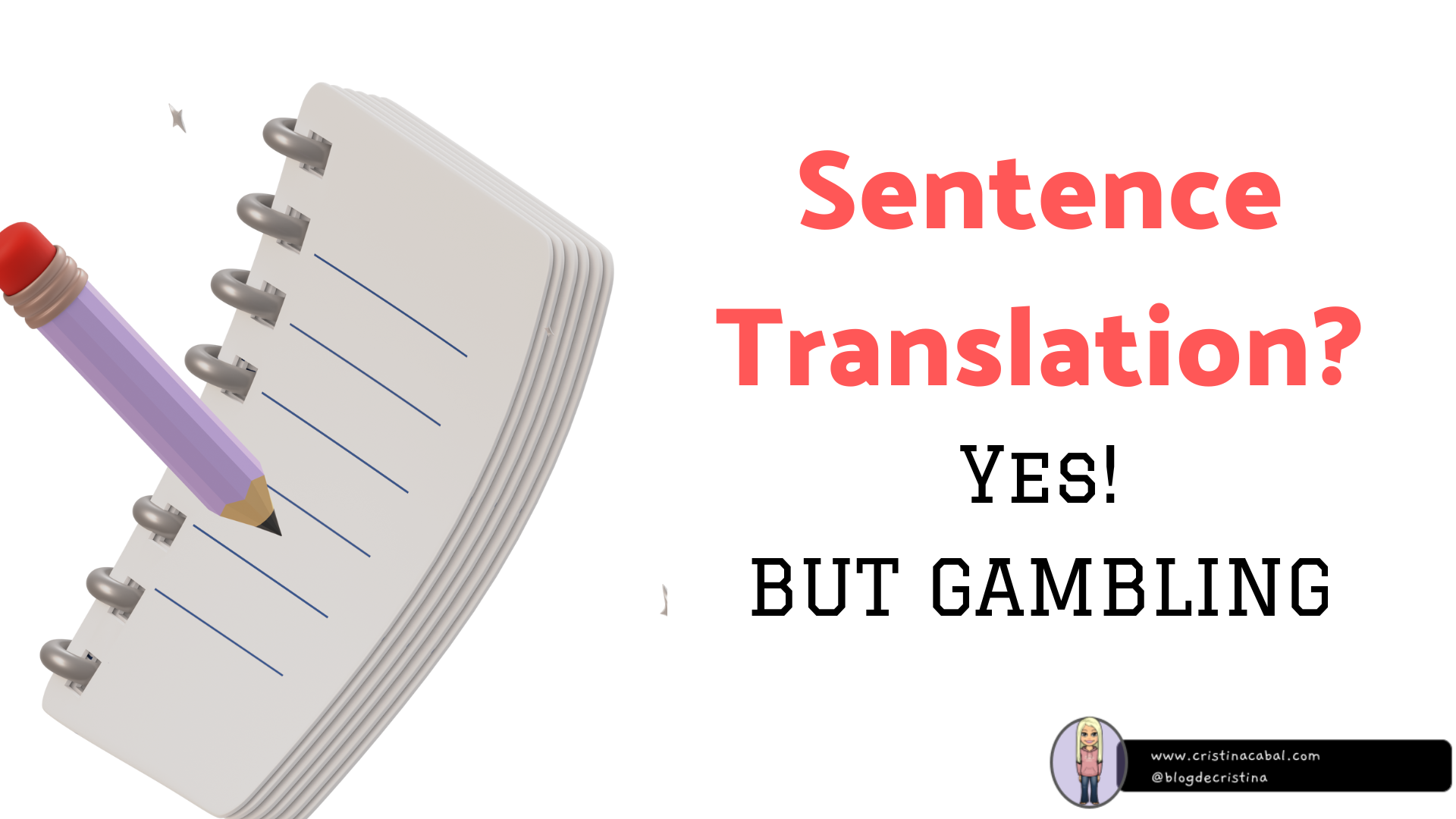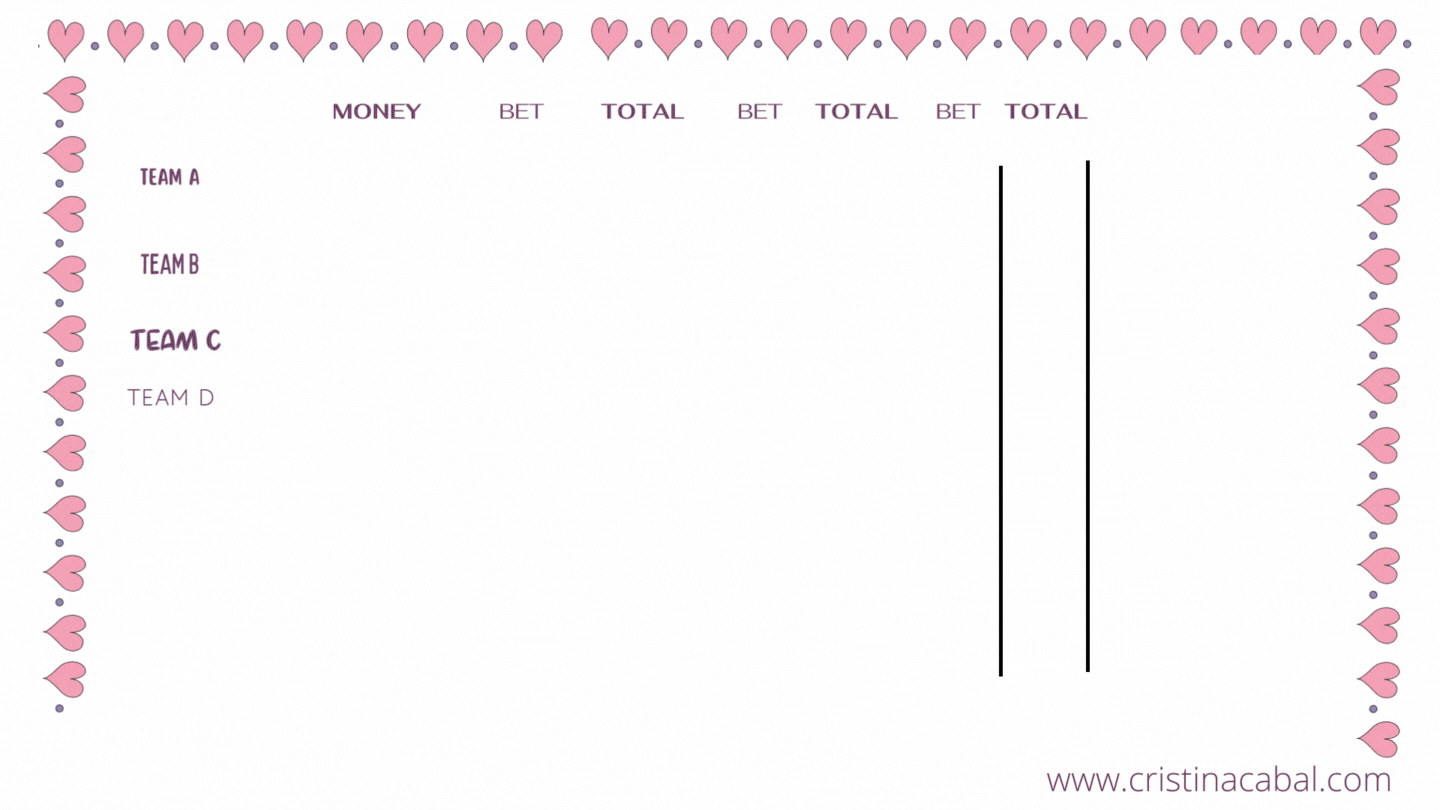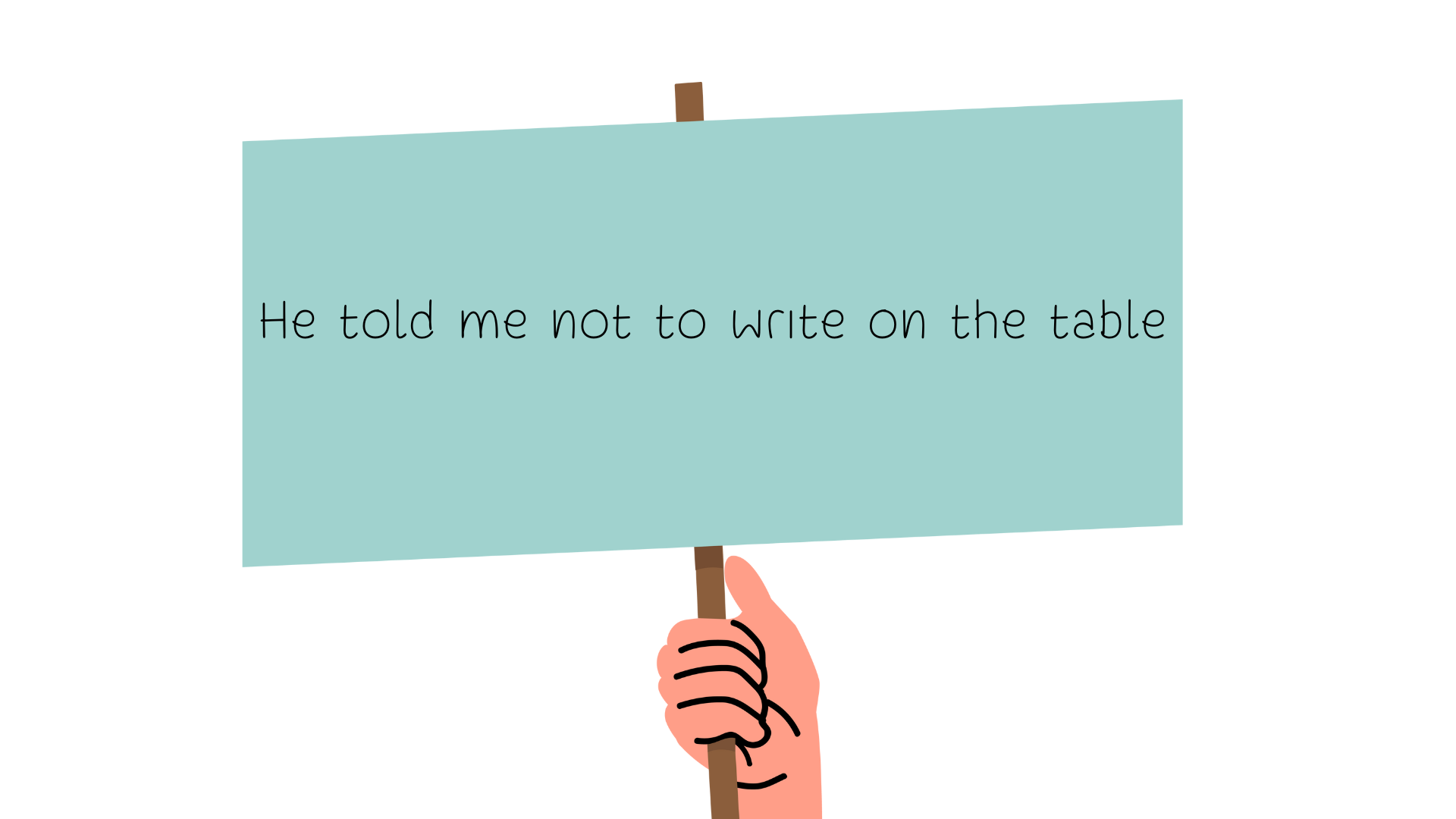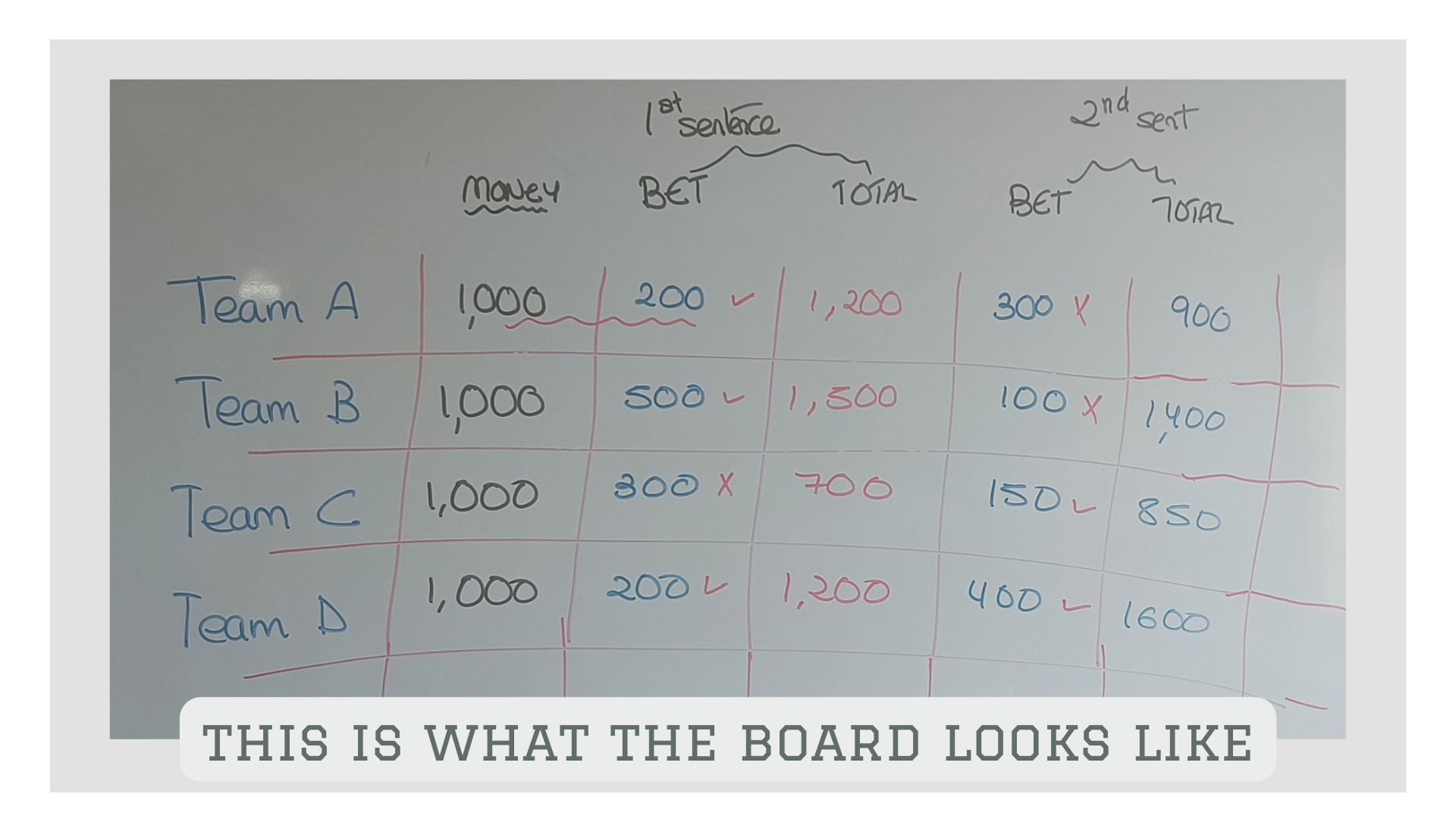Who can resist playing tic-tac-toe with a wooden board and small wooden Xs and Os? If you can’t, then you’re gonna love this game!
Do you like giving your students short translation activities? I do. They allow me to target specific vocabulary and grammar structures and help students to make fewer mistakes.
So, Tic Tac Toe or a translation exercise? Why not have both? I’ve had this version of a tic-tac-toe game sitting on the shelves for some time now, but life! Time! Work! Life! More work! You get it.
Recently I’ve met several teachers who shared how much they have enjoyed the games I have published on the blog over the years, and though it is not the best time of the year for me, this encouraging feedback gave me the push I needed to sit down and write this post. So, let’s dive right in!!
First things first. You know how to play Tic Tac Toe, right? Well, if you have never played, I suggest you have a look at the rules before you continue reading. I had originally planned to play Tic Tac toe with pen and paper, but then, I saw these beautiful miniature sets. They were inexpensive, so I bought 14 – one for each student pair.
Preparation
- Prepare some sentences to be translated. I would recommend, at least, 8 sentences.
- Ask students to pair up and explain how to play Tic Tac Toe, if necessary. One student can choose X’s, the other O’s
- Provide each student pair with a Tic Tac Toe game. Alternatively, you know, the pen and paper option.
- Students who choose X’s go first. They play against each other.
Time to learn!
- Display the first sentence for translation or, alternatively, write it on the board. All students have to translate the sentence, even though it’s X’s turn.
- Allow time for translation. The time will vary depending on sentence length and difficulty.
- When time is up, display the correct translation on the board. Be prepared to discuss and accept alternative translations, but emphasize the importance of accuracy. Small mistakes or typos will result in an incorrect sentence. O’s can monitor X’s translations for accuracy.
- If X’s sentence is correct, they place their wooden X on an empty square. If X’s sentence is incorrect, but O’s sentence is correct, then O places their wooden O on any empty square. If both X and O have correct translations, X gets to place their wooden X (since it’s their turn).
- Display a new sentence for translation and repeat the procedure. Now, it’s O’s turn!.
Just like in regular Tic Tac Toe, the goal here is to be the first to score three of your marks in a row – horizontally, vertically, or diagonally! Don’t forget, you can block your opponent’s moves to prevent them from winning.
Keep on playing until you have run out of sentences to translate and have fun!!!
Follow me on
